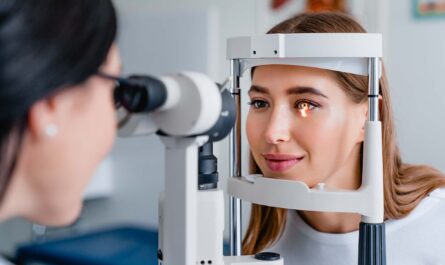The Rise of Cultured Meat
Cultured meat, also known as clean meat or lab-grown meat, is positioned as an alternative that could help address some of these issues. With cultured meat, animal cells are harvested and fed with nutrients in a controlled environment to promote cell division and growth. Through a natural biological process, these cells accumulate to form actual muscle tissue identical to conventional meat.
The concept of cultured meat was proposed in the early 2000s. However, significant advances have only been made in recent years. In 2013, the first cultured beef burger was produced by Mark Post from Maastricht University. Since then, several startup companies like Memphis Meats, Just, and Finless Foods have been conducting research to improve production methods and lower costs. 3D Printed Meat While still in the development phase, industry forecasts suggest cultured meat could enter the consumer market within 5 to 10 years. Some key benefits of this emerging technology compared to conventional meat production include:
Environmental Sustainability
Traditional meat production is a major source of greenhouse gas emissions from activities like deforestation, animal feed production, and manure management. Cultured meat significantly reduces the environmental footprint as it does not require farmland, water resources and produces fewer emissions. According to estimates, cultured meat uses up to 96% less land, produces up to 87% less greenhouse gases, and consumes up to 82% less water compared to conventionally farmed meat. This makes it a more environmentally sustainable option compared to conventional meat production systems.
Animal Welfare
3D Printed meat is produced without the need to raise and slaughter animals. This essentially eliminates issues related to inhumane treatment, overcrowding, and stressful transport conditions experienced in factory farming systems. The method also allows meat to be produced from cells of animals raised in more natural, free-range systems without any need to slaughter them. This has the potential to improve animal welfare standards significantly compared to conventional industrial livestock production.
Public Health
Industrial meat production involves high use of antibiotics and crowded living conditions for animals which promote the potential for zoonotic diseases. In contrast, cultured meat production allows complete control over growing conditions and nutrient supply. This significantly reduces opportunities for contamination or spread of pathogenic bacteria, viruses or parasites compared to conventional meat production systems. Additionally, cultured meat production will not add to growing public health concerns around overuse and misuse of antibiotics in agriculture.
Precision of 3D Bioprinting
To make cultured meat a reality at scale, advanced manufacturing techniques like 3D bioprinting are being explored. 3D printed meat involves layer-by-layer depositing of live cells, growth factors and biomaterials using computer-controlled extruders to produce 3D living tissues or structures. This provides precision in structure and form over conventional culturing methods. Specifically for cultured meat development, bioprinting enables deposit of skeletal muscle satellite cells, endothelial cells and fibroblasts to print tissues structures mimicking the architecture and texture of different conventional meat cuts like chicken nuggets, turkey burgers, beef steaks etc.
Some leading cultured meat companies are already implementing bioprinting technologies. For example, Memphis Meats uses bioprinters to produce structured cultivated meat with complex fibers and textures. 3D printed meat opens up possibilities to generate meat with marbling designs resembling natural fattiness or produce intricate structures mimicking organs. It provides greater control over cellular placement to create edible meat constructs with precisely defined shapes, sizes and forms compared to traditional culturing techniques. This advances the technology towards producing retail cuts of cultured meat at commercial scales.
Commercialization Challenges
While cultured meat presents clear advantages, several technological and economic challenges remain before it could compete commercially with conventional meat production. Some key challenges hindering large-scale production and commercialization of cultured meat include:
High Production Costs: Current production processes are still in development phase with high capital investment needs and operating costs.
Scale-up Challenges: Transitioning from lab-scale bioreactors to industrial-scale large bioreactors requires expertise in chemical/bioprocess engineering and overcoming issues related to mass/heat transfer, oxygenation etc. This increases technical risks in commercial scale-up.
Regulatory Hurdles: Regulations for novel food approval and safety need to be established for cultured meat products which requires consensus building between researchers, industries and regulators worldwide. This could delay market entry.
Consumer Acceptance: Level of consumer demand remains uncertain given the unfamiliar concept of “lab-grown” meat. Preference studies show hesitancy around perceived unnaturalness vs environmental/health benefits. Overcoming negative perceptions will require responsible communication efforts.
While commercializing cultured meat faces obstacles, its benefits are driving significant ongoing R&D investments from private investors, startups and research institutions globally. With further manufacturing and cost optimization, cultured meat could become competitive and an accessible alternative to conventional meat worldwide in the coming decade. 3D Printed meat ability to enhance sustainability, ethics, and public health makes it a promising future of food technology.
*Note:
1.Source: Coherent Market Insights, Public sources, Desk research
2.We have leveraged AI tools to mine information and compile it




